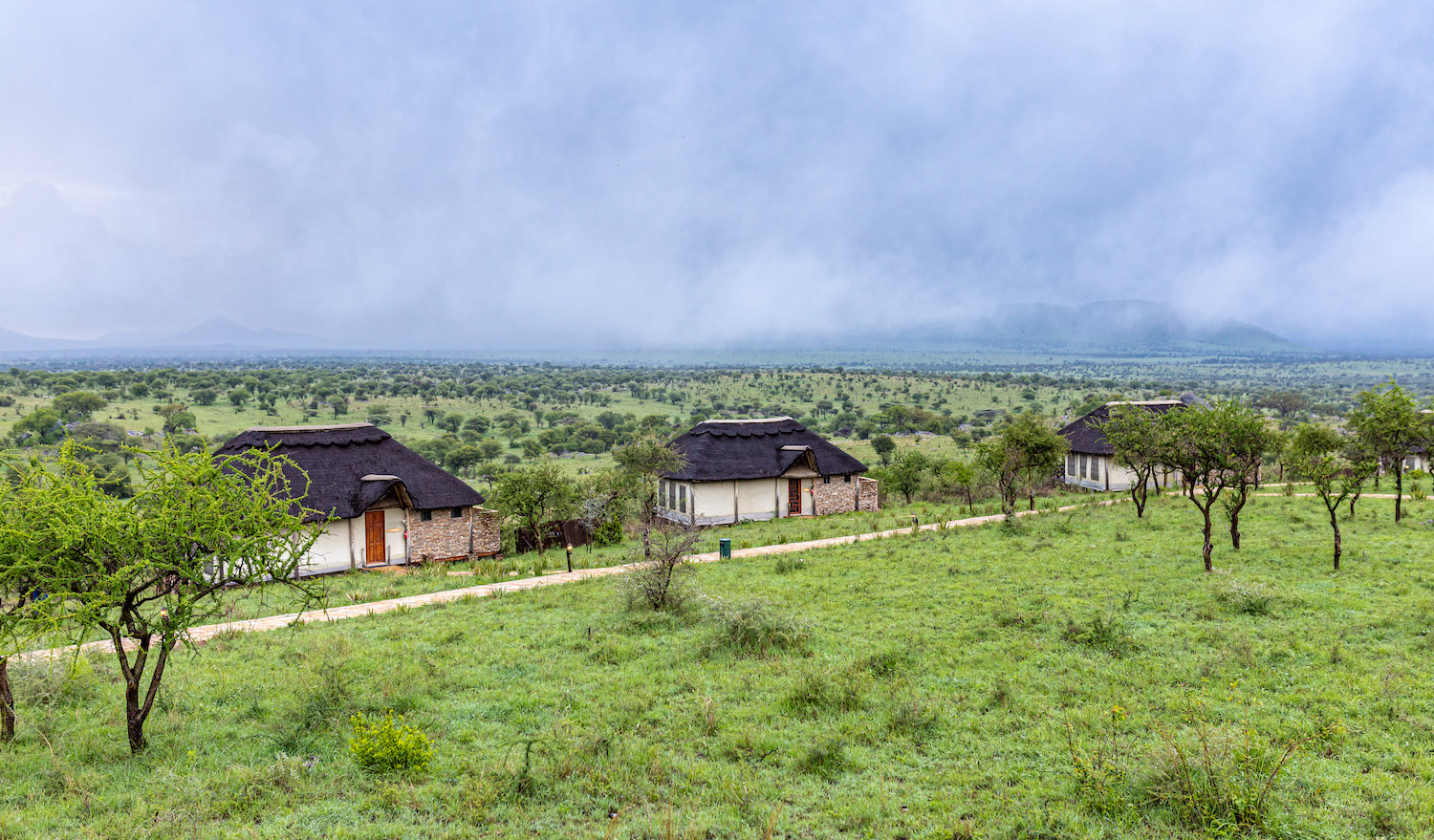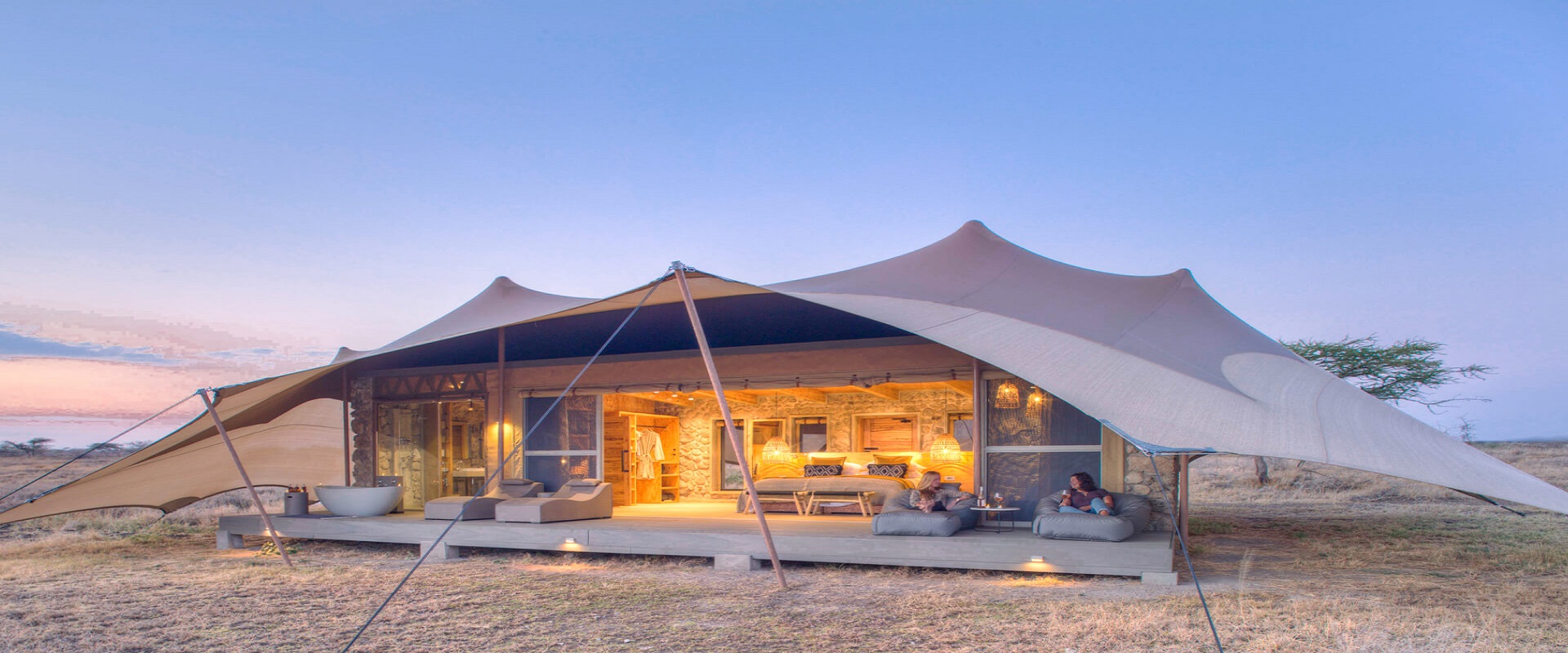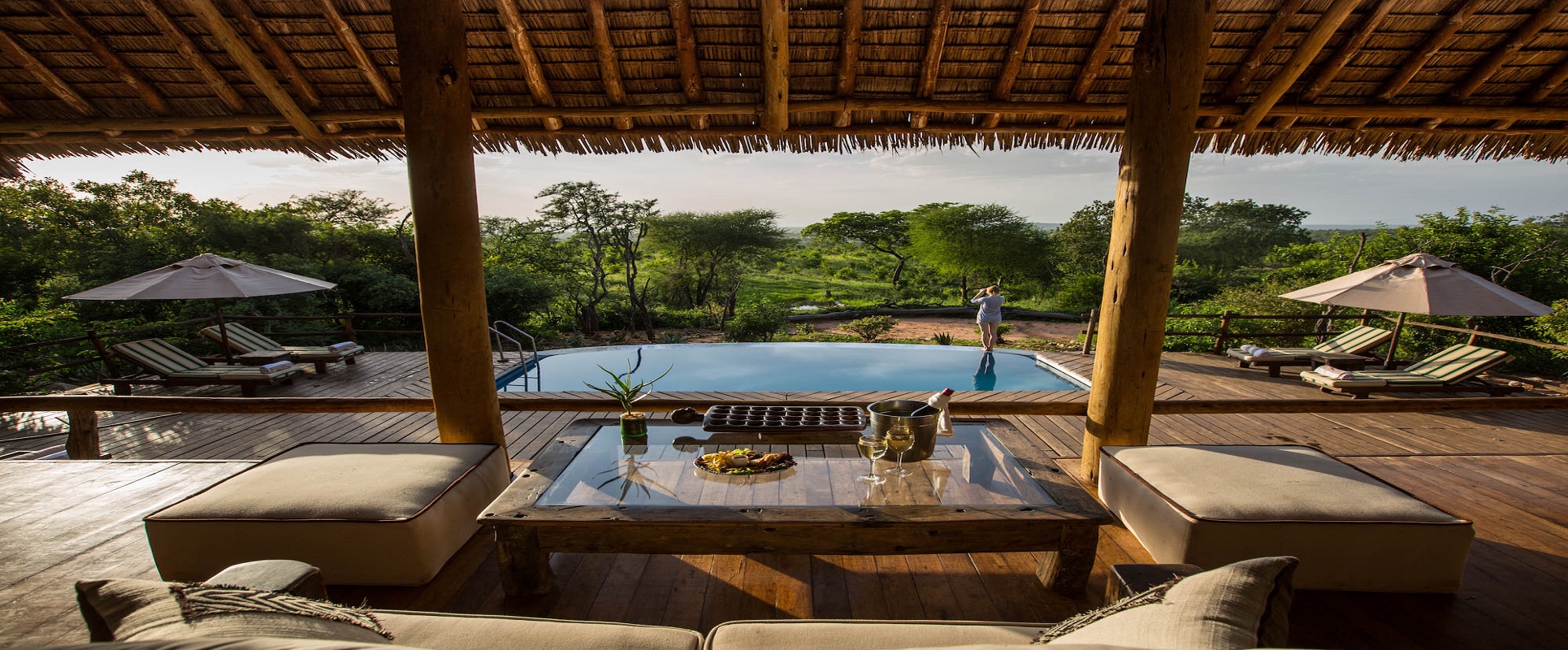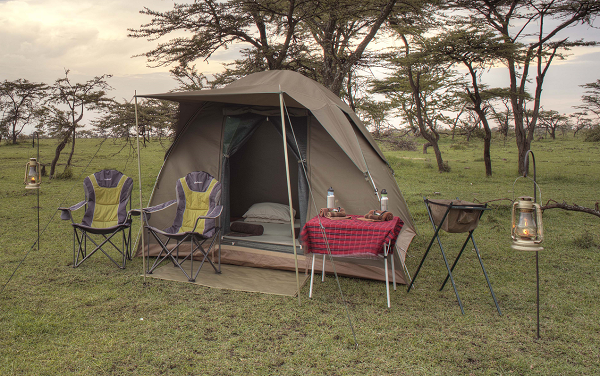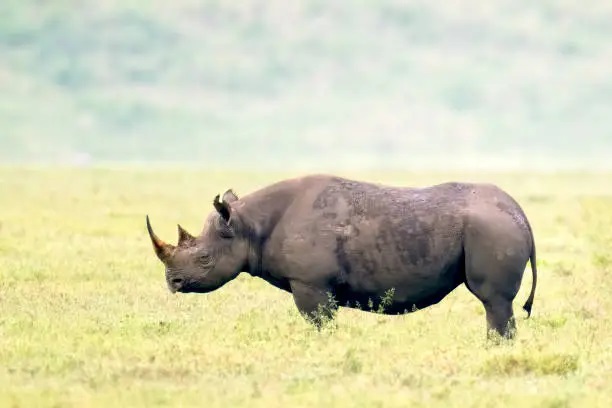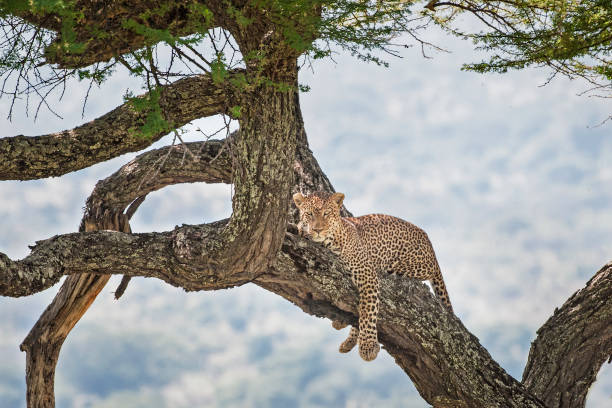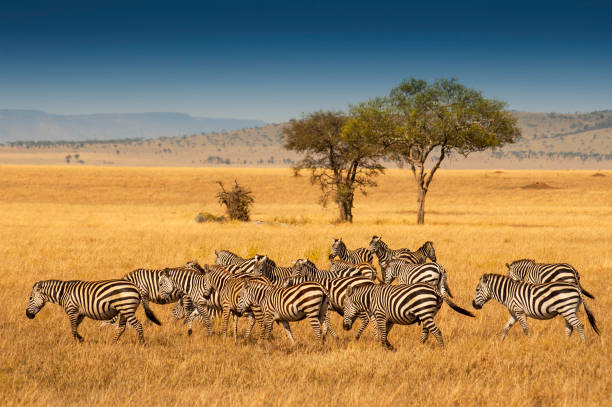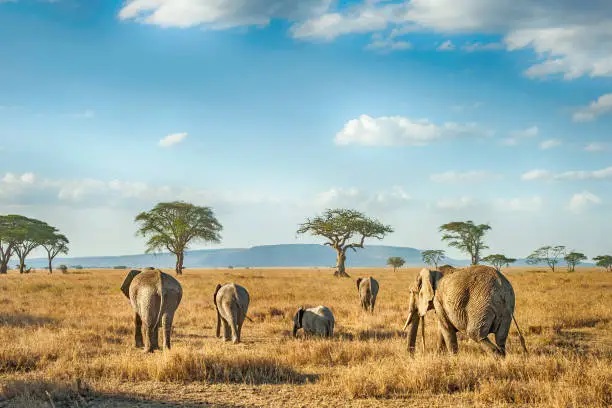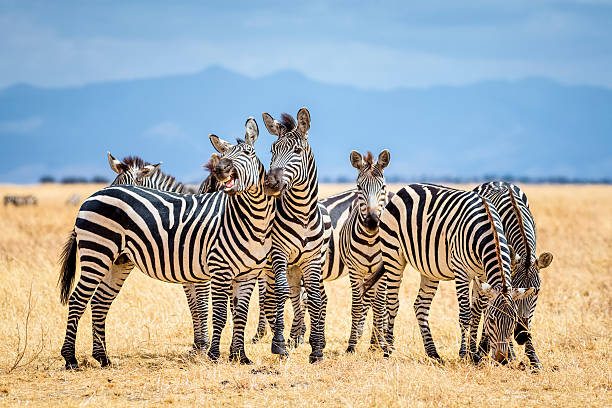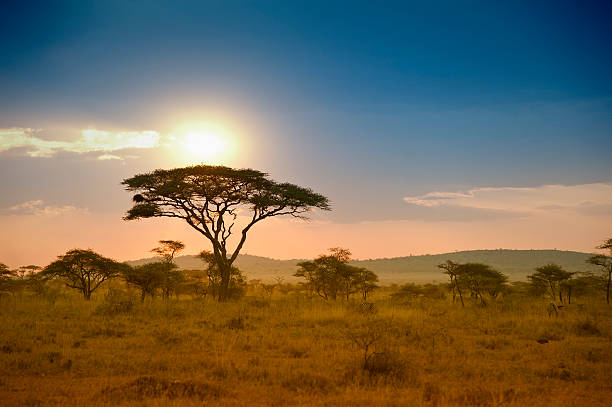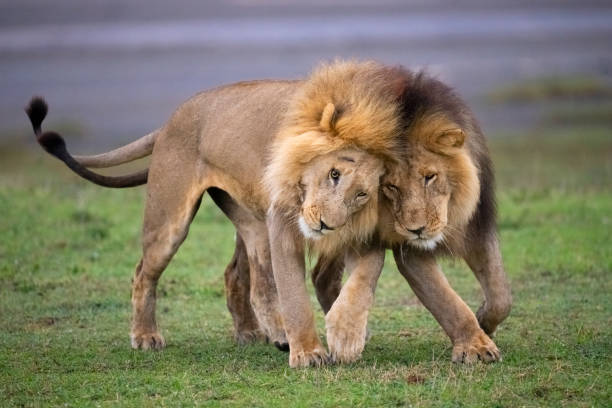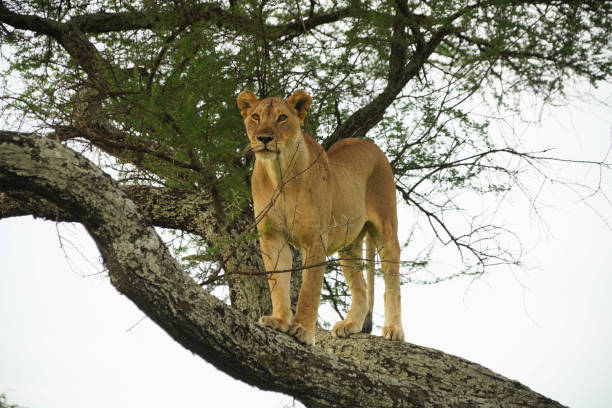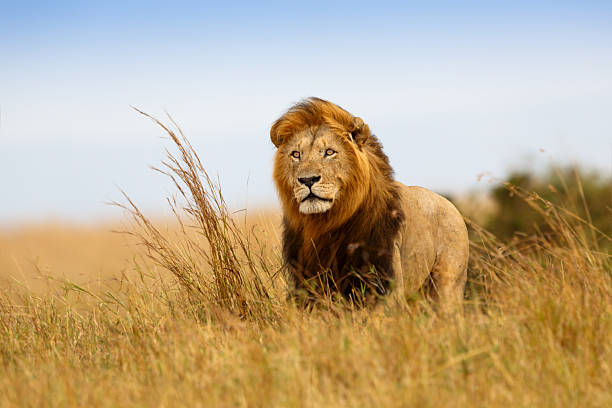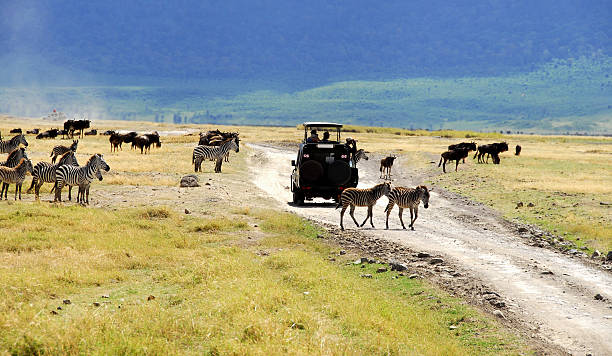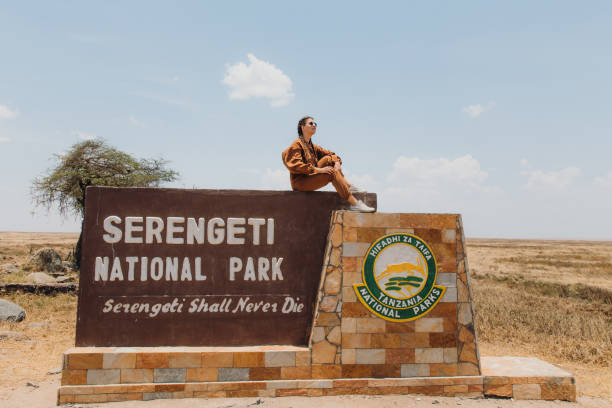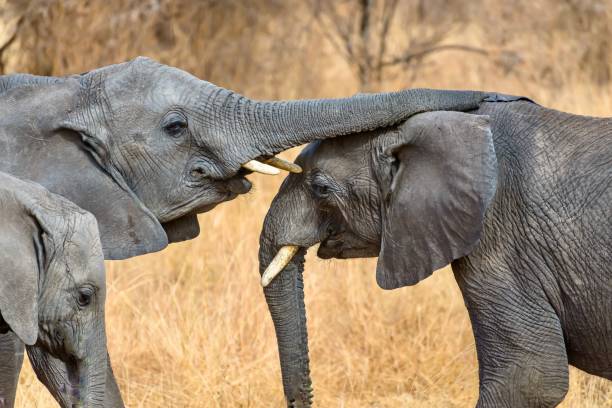Are You thinking about going on Tanzania safari?
Tanzania safari can be visited All year around but the ideal time for Wildlife Viewing is during the season from late June to October and December to early March. The best time for witnessing the wildebeest migration within the Serengeti is during June and July. Wildebeest calving is best seen from late January to February.
Tailor Made Holidays for your needs, taste and preferences:
Are you ready to embark on a journey of a lifetime and discover the hidden treasures in Tanzania? A Tanzania safari may be just what you need to escape the hustle and bustle of everyday life and immerse yourself in nature’s beauty. Imagine starting your day with the sound of wildlife, watching the sun rise over the vast plains of the Serengeti, and witnessing spectacular wildlife scenes that you’ve only seen in documentaries.
The Great Wildebeest Migration is a must-see spectacle for anyone visiting Tanzania on a safari, and it offers a unique chance to witness the natural phenomenon in person.
We understand that planning a safari can be overwhelming, and you may not know where to start. That’s why we’re here to help!. Below is our collection of bestselling safari offers that have everything from must-see destinations to wildlife experiences in Tanzania.
Our primary goal is to make sure you have an amazing and stress-free planning of your Tanzania Holiday. So, sit back, relax, and let us guide you to experience the ultimate private safari in Tanzania.
Different Safari Types Based on Budget
Tanzania safari offers a wide range of accommodations, from traditional luxury suites to unique loft-style accommodations. Whether you’re looking for a private plunge pool or an outdoor shower, there’s something for everyone. No matter what accommodation you choose, you’re sure to have an unforgettable experience on your Tanzania safari.
Experience the magic of Africa’s wilderness in the comfort of a 3stras luxurious lodge with our affordable Tanzania Lodge Safari. As part of your standard budget safari journey, you’ll have the opportunity to witness some of the world’s most magnificent animals in their natural habitat.
Tanzania luxury safari offers a perfect blend of luxury accommodations, unforgettable wildlife encounters, and authentic local culture. A luxury safari in Tanzania is an ideal choice for travelers who wish to experience an extraordinary combination of five-star accommodations and thrilling wildlife encounters.Luxury safari lodges and tented camps in Tanzania offer opulent amenities such as en-suite bathrooms, private balconies, infinity pools, and fine dining experiences, while also blending seamlessly into the picturesque landscapes of the wilderness
A semi-luxury safari in Tanzania offers a perfect blend of adventure and comfort, allowing travelers to experience the wilderness without compromising on quality. Guests stay in stylish tented camps or lodges with modern amenities, nestled in prime wildlife areas. The safari includes game drives in iconic parks like Serengeti and Ngorongoro, offering close encounters with the Big Five and the Great Migration. Expert guides ensure an immersive experience, sharing insights about the ecosystems and wildlife. Delicious meals, often served under the stars, add a touch of elegance to the adventure.
A low budget camping safari in Tanzania is an affordable way to experience the stunning wildlife of Tanzania without breaking the bank. The low cost camping safari adventure packages typically include camping equipment, food, transportation, and fees for game drives and park entrance.
Tanzania Holiday Offers
We always make sure that, our clients must make the most out of their time in Tanzania, seeing everything that they want by the help of our experienced and professional experts.
By crafting a tailor-made safari holidays, our customers have the opportunity to truly create their own personalized Tanzania safari itinerary. The Wildlife Safaris costs usually depends on customers specific requirements and can vary hugely depending on their standard of accommodation, number of days you wish to travel and the time of year you want to go.
Get started with our Holiday Deals
Tanzania Safari FAQ's
The best time to visit Tanzania depends on the activities you wish to experience and the regions you plan to explore. Here’s a breakdown to help you decide:
1. Best Time for Wildlife Safaris
Dry Season (June to October):
- Why: Wildlife viewing is excellent during this time as animals congregate around water sources, and the vegetation is sparse, making them easier to spot.
- Highlights:
- The Great Migration in the Serengeti (typically July to September) when wildebeest and zebras cross the Mara River.
- Clear skies and cooler temperatures.
- Best parks: Serengeti, Ngorongoro Crater, Tarangire, and Ruaha.
Wet Season (November to May):
- Why: This is the green season, with lush landscapes, fewer tourists, and lower prices.
- Highlights:
- Calving season in the southern Serengeti (January to February), with many newborn animals and predator activity.
- Excellent birdwatching as migratory species arrive.
- Note: Roads in some parks may become muddy and harder to navigate.
2. Best Time for Climbing Mount Kilimanjaro
- Dry Season (January to mid-March and June to October):
- Why: Clearer skies and more stable weather make the climb safer and more enjoyable.
- Differences:
- January to March is slightly colder but less crowded.
- June to October is warmer but busier.
3. Best Time for Zanzibar Beaches
- Dry Season (June to October and December to February):
- Why: These months offer sunny weather, ideal for beach relaxation, snorkeling, and diving.
- Avoid: March to May, as it is the peak rainy season.
4. Other Considerations
- Cultural Festivals:
- Visit during events like the Zanzibar International Film Festival (July) or the Mwaka Kogwa Festival (July or August).
- Avoiding Crowds:
- For quieter experiences, consider traveling during the shoulder months (November or early December).
In summary, June to October is ideal for most activities, while January to March offers great wildlife and Kilimanjaro climbing opportunities. Let me know if you’d like to plan for a specific region or activity!.
Types of Safari Accommodations
Luxury Lodges
- These offer high-end amenities, including spacious rooms, gourmet dining, private decks, and often, swimming pools or spas.
- Ideal for: Honeymooners, families, or travelers seeking comfort and indulgence.
Tented Camps
- Permanent or semi-permanent camps that blend luxury with adventure. These feature large, comfortable tents with en-suite bathrooms and fine dining experiences.
- Ideal for: Those who want a unique, close-to-nature experience without compromising comfort.
Mobile Camps
- Temporary camps that move seasonally to follow wildlife movements, such as the Great Migration in the Serengeti.
- Ideal for: Adventure seekers and those keen on staying close to migration routes.
Budget Campsites
- Basic camping facilities for budget-conscious travelers. Some offer amenities like shared bathrooms and cooking facilities.
- Ideal for: Backpackers and budget travelers.
Bush Lodges
- Smaller, eco-friendly lodges that focus on sustainability while providing a rustic, authentic safari experience.
- Ideal for: Eco-conscious travelers.
Tanzania is one of the premier safari destinations in Africa, offering diverse ecosystems, abundant wildlife, and breathtaking landscapes. Here are the best places to visit on a safari in Tanzania:
1. Serengeti National Park
- Why Visit:
- World-famous for the Great Migration, where millions of wildebeest, zebras, and gazelles move in search of water and grazing.
- Home to the “Big Five” (lion, leopard, elephant, buffalo, and rhino) and vast open plains teeming with predators like cheetahs and hyenas.
- Highlights:
- Mara River crossings (July to September).
- Calving season in the southern Serengeti (January to February).
- Hot air balloon safaris.
2. Ngorongoro Crater
- Why Visit:
- A UNESCO World Heritage Site, the crater is a natural caldera with a high concentration of wildlife, including rare black rhinos.
- The lush habitat supports lions, elephants, hippos, flamingos, and more.
- Highlights:
- Dramatic views from the crater rim.
- Easy game viewing in a confined space, making it ideal for a one-day safari.
3. Tarangire National Park
- Why Visit:
- Known for its large elephant herds and iconic baobab trees.
- Seasonal rivers attract diverse wildlife, including giraffes, lions, and leopards.
- Highlights:
- Birdwatching: Over 500 species.
- Quiet atmosphere compared to Serengeti and Ngorongoro.
4. Lake Manyara National Park
- Why Visit:
- Famous for tree-climbing lions and large flocks of flamingos.
- Compact size with diverse habitats, from forests to alkaline lakes.
- Highlights:
- Canoeing on the lake (seasonal).
- Wildlife viewing, including hippos, elephants, and baboons.
5. Ruaha National Park
- Why Visit:
- Tanzania’s largest national park, offering a less crowded and remote safari experience.
- Diverse landscapes, including savannahs, baobab forests, and rivers.
- Highlights:
- Excellent predator sightings (lions, leopards, wild dogs).
- Rich birdlife with over 570 species.
6. Selous Game Reserve (Nyerere National Park)
- Why Visit:
- A UNESCO World Heritage Site and one of the largest protected areas in Africa.
- Offers boat safaris, a unique way to view crocodiles, hippos, and birds along the Rufiji River.
- Highlights:
- Walking safaris and boating excursions.
- Rich in elephants, lions, and rare wild dogs.
7. Mahale Mountains National Park
- Why Visit:
- Home to wild chimpanzees, offering exceptional primate trekking experiences.
- Stunning scenery with forested mountains meeting the shores of Lake Tanganyika.
- Highlights:
- Chimpanzee tracking.
- Kayaking and snorkeling in Lake Tanganyika.
8. Katavi National Park
- Why Visit:
- A remote and untouched gem, ideal for adventurous travelers.
- Seasonal water bodies attract massive hippo and crocodile populations.
- Highlights:
- Untamed wilderness with low tourist numbers.
- Excellent predator and prey interactions.
9. Gombe Stream National Park
- Why Visit:
- Famous for the research of Jane Goodall and her work with chimpanzees.
- A small, intimate park perfect for chimpanzee trekking.
- Highlights:
- Watching chimps in their natural habitat.
- Scenic hiking trails.
10. Arusha National Park
- Why Visit:
- A great introduction to Tanzanian safaris, close to Arusha town.
- Features Mount Meru, Momella Lakes, and diverse habitats.
- Highlights:
- Canoeing safaris.
- Colobus monkeys and flamingos.
Choosing the Best Place for Your Safari
- For Wildlife Enthusiasts: Serengeti, Ngorongoro, and Tarangire.
- For Adventure Seekers: Mahale Mountains, Katavi, and Selous.
- For Unique Experiences: Gombe Stream (chimpanzees), Selous (boat safaris).
Packing for an African safari requires careful planning to ensure comfort, practicality, and preparedness. Here’s a comprehensive list of essentials to bring on your safari:
Clothing
- Lightweight, Neutral-Colored Clothing:
- Long-sleeved shirts and long pants for sun protection and to guard against mosquitoes.
- Neutral tones like khaki, green, and beige blend into the environment and don’t attract wildlife or insects.
- Shorts and T-Shirts:
- Ideal for warm daytime temperatures.
- Warm Layers:
- Early morning and evening game drives can be chilly, especially in open vehicles. A fleece jacket or lightweight sweater is recommended.
- Rain Jacket or Poncho:
- Essential during the wet season or for sudden rain showers.
- Wide-Brimmed Hat or Cap:
- Protects against the sun during midday heat.
- Comfortable Shoes:
- Closed-toe walking shoes or hiking boots for bush walks and sandals for relaxing at the lodge.
Accessories
- Sunglasses and Sunscreen:
- High SPF sunscreen to protect against the intense African sun.
- Insect Repellent:
- A must-have for preventing mosquito bites.
- Daypack:
- To carry essentials like water, snacks, and a camera during game drives.
- Light Scarf or Buff:
- Useful for dust protection on game drives.
- Binoculars:
- For spotting distant wildlife and birds.
- Camera Gear:
- DSLR or mirrorless cameras with zoom lenses, spare batteries, and memory cards.
Toiletries and Health Items
- Travel-Sized Toiletries:
- Toothpaste, toothbrush, shampoo, and soap.
- Wet Wipes and Hand Sanitizer:
- For freshening up during long drives.
- Personal Medications:
- Along with a small first-aid kit containing pain relievers, antihistamines, and anti-diarrhea medication.
- Malaria Prophylaxis:
- Consult your doctor about anti-malarial medication.
Documents and Money
- Passport and Visa:
- Ensure they are valid for your trip duration.
- Travel Insurance:
- Comprehensive coverage for medical emergencies, cancellations, and baggage loss.
- Cash and Credit Cards:
- Small denominations in US dollars or local currency (Tanzanian Shillings, if in Tanzania).
- Copies of Important Documents:
- Digital and printed copies of passports, tickets, and insurance details.
Tech and Utilities
- Power Bank and Chargers:
- Essential for charging devices on the go.
- Universal Adapter:
- For different plug types in African countries.
- Flashlight or Headlamp:
- Handy for navigating campsites or lodges at night.
Optional Extras
- Field Guide Book:
- For identifying wildlife, birds, or plants.
- Notebook or Journal:
- To document your safari experiences.
- Snacks:
- Energy bars or trail mix for game drives.
What Not to Bring
- Bright-colored or camo-patterned clothing (the latter may not be allowed in some regions).
- Heavy luggage (opt for soft duffel bags due to weight restrictions on safari vehicles or small planes).
- Unnecessary valuables or expensive jewelry.
Pack light, but smart, and you’ll be well-prepared for an unforgettable African safari adventure!
Get In Touch
Its never too soon or too late to get in touch, we are always eager to help out

